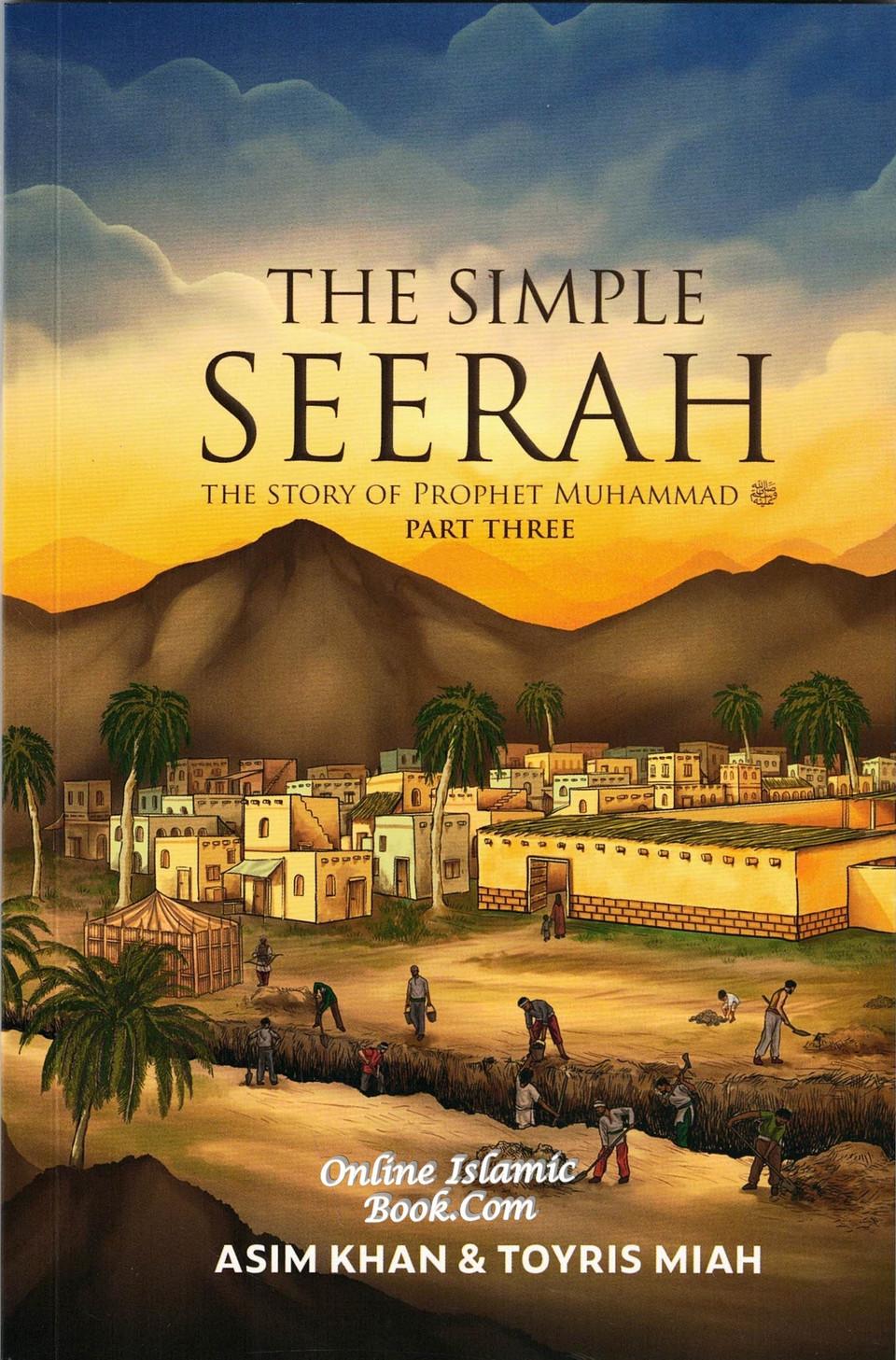” The Simple Seerah ” Part 3 A glance at the Seerah, the life story of Prophet Muhammad (s.a.w.), gives insight into the core of Islam. This foray into the life of the Prophet has been divided into parts, with each part unveiling new aspects of his mission also his relations with his people. Here, we briefly look into Part 3 – his later missions.
The Resilience of the Prophet
As the Prophet’s work went on, his message picked up its pace but also gained resistance from its opponents. Leaders of Mecca acquired the fear of thinking that the power of leadership was undermined by his message. However, Prophet Muhammad (s.a.w.) did not give up. His patience challenged the attackers: the believers were called to be the same as the prophet and to find solace in patience and faith.
Thus, he taught the value of unyielding persistence in one’s beliefs, especially if they have a basis in truth. In his trials, he taught every Muslim that faith is something to stand firm about in hard times.
Migration to Medina
Life took an abrupt turn with the Hijra or migration from Mecca to Medina in the Prophet’s life. It was not just a move; it was a strategic shift that gave Muslims a haven also liberty to express their religion. The Prophet’s journey to Medina symbolized hope and renewal, laying the foundation of a flourishing Islamic community.
In Medina, he formed the first Muslim state that unites tribes based on equality, justice, and brotherhood principles. He led Medina to unite diverse groups underlining compassion and cooperation in his leadership.
The Constitution of Medina
Upon his arrival in Medina, Prophet Muhammad (s.a.w.) created a historical charter known as the Constitution of Medina. Rights and obligations that would apply not only to Muslims but to every citizen of Medina, Jews, and many other tribes included in it, were laid down by this Charter. Social harmony was put first in the policies of Prophet Muhammad for the very first time by making him a model of inclusive governance.
It was this very Constitution of Medina that laid out the ground for harmonious coexistence and multi-religious culture, unifying communities of varying diversity. His wisdom in securing an atmosphere wherein everyone could live in peace was well discovered in this document,
The Battle of Badr
This battle was a significant point in Islamic history. Prophet Muhammad (saw) fought with the Muslim army against much stronger forces from Mecca, proving that he was on the right side as, in a balance of odds, faith and great will could make Muslims triumph and become more confident that Allah supported them.
The victory at Badr was critically important
It was not a simple victory in a battle but a vindication of the faith of the Muslim community. Moreover, the battle was a strong point that highlighted the Prophet’s leadership and strategic character, which inspired future generations of people for his courage and trust in Allah.
Lecture about Mercy
The Prophet’s marvelous virtue was to forgive. Even after all those years of hostility, when Prophet Muhammad (s.a.w.) returned to Mecca. He pardoned his enemies on the spur of the moment, refraining from revenge against them.
This act of pardon was a very powerful message to be sent. The Prophet’s mercy proved that forgiveness would not succumb to vengeance, proving to be an eternal lesson. His forgiving nature toward men who tormented him so intensely brings out the expression of peace and love in Islam.
Farewell Address
During the last stages of his life, Prophet Muhammad (s.a.w.) delivered his Farewell Sermon, an address that epitomized the principles of his entire teachings. He talked about equality, the sanctity of life, and justice in it.
The Farewell Sermon reminded the people of Islam’s core principles, with a plea for kindness, unity, and respect among humanity. It reminded Prophet Muhammad of his vision of a harmonious society defined by mutual respect. setting reminders for individuals to live according to these values.
The Legacy of Prophet Muhammad (s.a.w.)
Prophet Muhammad left a legacy by what his life taught people. He was an embodiment of dedication, humility, and kindness. The world body of Muslims looks upon the life of Prophet Muhammad as an inspiration also example in the guidance they are taught.
The life lessons of the Prophet are very relevant to what is happening today. Guiding us through tough times with integrity and faith. It has been seen how the prophets’ lives have become a learning experience for Muslims. Helping them delve deep into their faith and its timeless values.
Conclusion
Prophet Muhammad’s (s.a.w.) life is a testament to the power of faith, resilience, also compassion. That is, now that we enter into the third part of the “Simple Seerah. We can see the finality of his mission also legacy for generations to come. The Mecca to Medina journey, governance, and last teachings, are matters of inspiration that will eventually guide believers toward a life of purpose and peace. It is only by learning the Seerah that one feels more connected to the Prophet’s message. The path that he had created for all of humanity.
Read More: ” Migo & Ali Learning Islam 2 Book Set By Zanib Mian “



